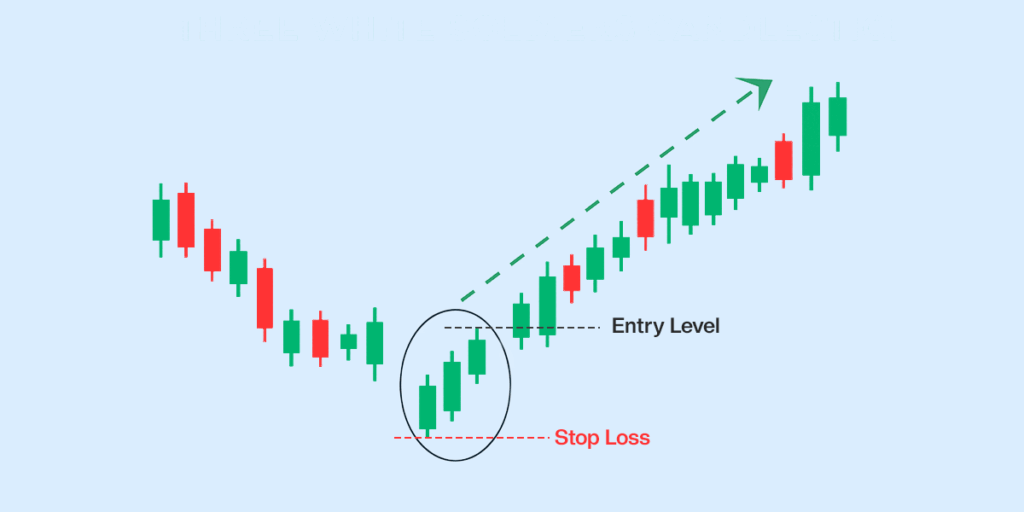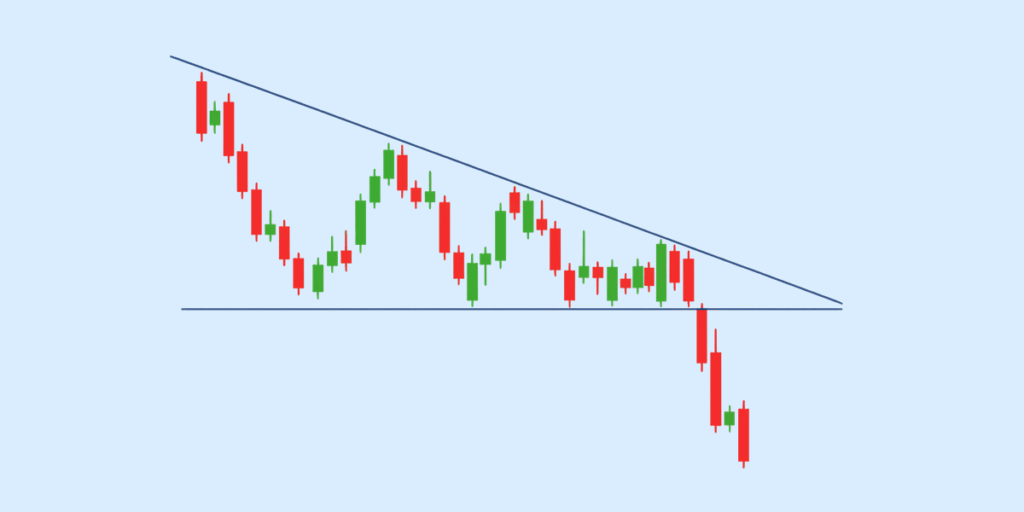A 100 rupee note, if left under your mattress, will remain a 100 rupee note. Put it in your savings account, it may become 106 rupees in another year. However, when the same money is invested, the power of compounding will lead to a substantially higher return.
Far too many people, though interested in personal finance due to this promise of higher returns, shy away from it because of the unnecessary complexity associated with it. You might do the occasional “nod and hmmm” routine when your colleagues discuss their investments and even get inspired to finally put some money aside for it. But then you’re faced with a tsunami of terms and jargon that not many people bother explaining. So you beat a hasty retreat.
Well, let us show you the simplicity of the concepts that make up this world. Before we go into the details regarding the how and the why of investing, it is important to de-clutter your mind from the jargon you’ve heard and may not have understood completely. Consider this your jargon dictionary.
Personal finance
First things first, what does ‘personal finance’ mean? Personal finance is the art and science of managing your own money. Spending your income or wealth in the best way possible, be it saving for an upcoming trip or investing for larger goals — they all come from the same wallet.
Investment is one of the key building blocks that keep a wallet well-padded. Personal finance involves financial planning, setting financial goals, budgeting, saving, and investing.
Investment
When you purchase goods or products that are not for consumption but will create wealth in the future, that’s called an investment. When you take the money you’ve saved and buy a stock, that’s an investment. The goal is to fetch a much larger return than merely saving would, but there’s also some risk associated with investments.
Portfolio
All the investment products you buy together form your portfolio. Think of your investment portfolio as something like your wardrobe or closet. Just like your wardrobe holds all your different clothes, shoes, and accessories and represents your collection of dressing items, your portfolio represents all the investments you hold.
Assets
In the most basic sense, an asset is anything that has value. In the investment world, it’s just another word for the product you buy. They can be divided into many different classifications, e.g. stocks, bonds, commodities, or even cash, and fixed deposits.
Active investing
As the name suggests, you’d have to be active. It refers to those investments which are regularly monitored, sometimes tweaked as circumstances change. They are made with a clear time frame in mind, often with the goal of earning better returns than the average Joe.
This requires constant reading, knowledge and analysis of the assets and markets. Most actively managed funds underperform the market, which is why an increasing number of investment options offer products that reflect the market, without active management.
Passive Investing
Passive investing is the kind of investing where you put your money in and forget about it. Let the market do its thing.
Index Funds are the most popular way for passive investing. Some are also known as Exchange Traded Funds (ETFs). Warren Buffett describes them as safe havens for those looking to retire. Think of them as a group of stocks that mirror benchmark indices of national stock exchanges. Whether it is the S&P 500 or the Nifty 50, in the long term, they all give substantial returns, usually beating most active investment funds.
Conversely, mutual funds are the most accessible way for novice investors to reap benefits from professionals who actively invest. They are professionally managed pools of money gathered/invested in by a large group of people. The fund manager invests this pool of money into several stocks, bonds, etc. in an effort to give the investors a higher return than the market.
S&P 500
The S&P 500 is an index comprised of the 500 best-performing stocks on the market listed in the U.S. It is one of the most popular indices used to track how the equity market is currently performing.
Asset allocation
It’s a fancy term for how much money you have distributed between various investments. Say you have saved Rs 100. Of this, you buy stocks worth Rs 50, bonds worth Rs 20, gold worth Rs 20 and keep Rs 10 handy in case you need it. That is your asset allocation. You might hear this term thrown around a lot more now.
While there are some basic, well-tested ratios of asset allocation which we will discuss at length later, investors tend to shift things around when markets undergo volatility, i.e. uncertainty. The more uncertainty, the larger is the shift towards safer assets.
Diversification
It’s the adult version of “don’t put all your eggs in the same basket”. While asset allocation is the breakup of the Rs 100 you saved, diversification is the strategy you use to make sure that even if one risky investment does not pay off, your total investments are not horribly hit. This is another term you hear a lot when markets are volatile. You will hear most advisors say, “Your asset allocation should be diversified”.
Risk appetite
It’s the level of risk you can stomach. All investments carry risk, but the degree varies. And an investor’s risk appetite usually depends on a range of factors such as age, income, essential expenditure and the general outlook of a person.
Having a higher risk appetite means you’re more willing to place a bet that may go south. If you’re wondering why anyone would place that bet, it’s because higher risk is typically associated with higher returns. Risk appetite should be a key determinant in your asset allocation.
Re-calibration
It is the reallocation of money across asset classes based on how the economy is doing or is expected to do. Say, if there are predictions of a recession, you may want to move more money into relatively safer investments.
Re-balancing
It’s the process of selling or buying assets to make sure your portfolio reflects your intended asset allocation. For example, you may have intended a 50:50 investment in equity and bonds but with time, the price of your stocks rise and the ratio now stands at 70:30, weighing more towards equity. Re-balancing means buying more bonds or selling part of your equity investments to return to a 50:50 ratio.
This jargon dictionary should give you a quick overview of key investment concepts and terms. But an overview is just the beginning. This is where your investment journey starts. You need a guide; an Investment Guru moving forward. That’s where Appreciate can help — so visit www.appreciatewealth.com and sign up now!























